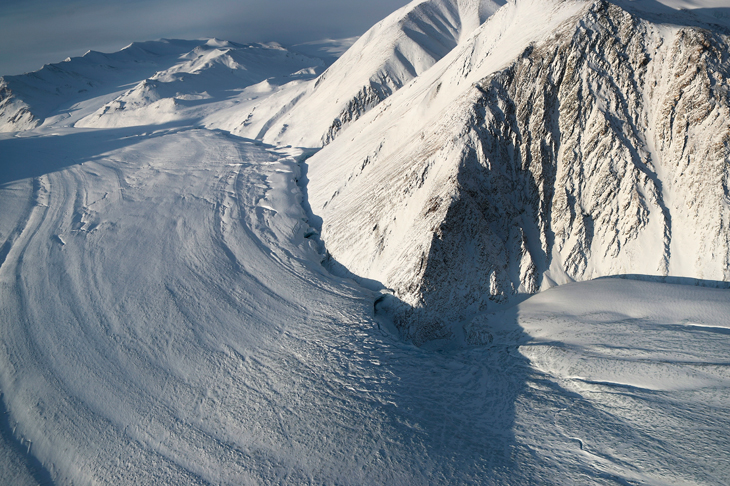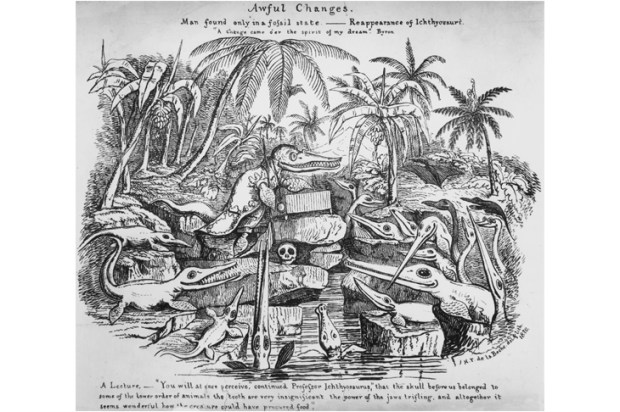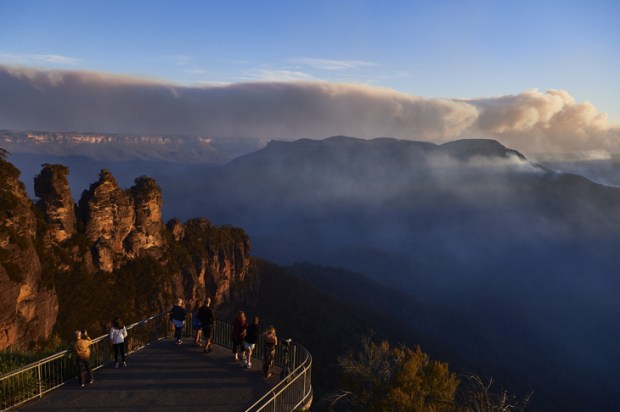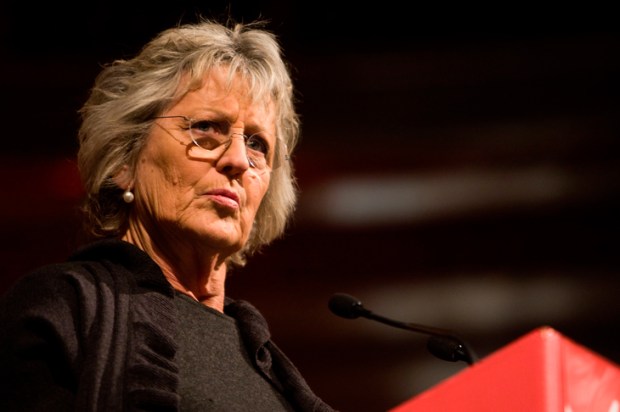One lonely molecule…
The 24 million people in Australia generate 1.5 per cent of annual global human-induced CO2 emissions. USA emits 14 times and China emits 26 times more CO2 than Australia. Australia has 0.33 per cent of the global population.
Our high standard of living, a landmass of 7,692,024 square kilometres with a sparse inland population and greenhouse gas-emitting livestock combined with the transport of livestock, food and mined products, long distances to cities and ports and the export of ores, coal, metals and food for 80 million people result in high per capita CO2 emissions. Australia’s exports of coal, iron ore and gas contributes to increasing the standard of living, longevity and health of billions of people in Asia.
If Australia emits 1.5 per cent of global annual CO2 emissions, 3 per cent of the total annual global emissions are anthropogenic and the atmosphere contains 400 parts per million by volume of CO2, then one molecule in 6.6 million molecules in the atmosphere is CO2 emitted from humans in Australia. This molecule has an atmospheric life of about 7 years before it is removed from the atmosphere by natural sequestration into life and limey sediments.
Australia has far greater economic priorities than to change a whole economy, increase energy costs, decrease employment and decrease international competiveness because of one poor lonely molecule of plant food in 6.6 million other atmospheric molecules. It is a very long bow to argue that this one molecule of plant food in 6.6 million other atmospheric molecules derived from Australia has any measurable effect whatsoever on global climate. Furthermore, it has yet to be shown that human emissions of CO2 drive global warming, so why even bother with a Renewables Energy Target?
Australia exports a significant global share of refined aluminium, zinc, lead, copper and gold and hence takes a per capita emissions hit for countries that import and use Australia’s metals, because smelting and refining in Australia result in CO2 emissions. Neither smelting nor refining of the metals for other countries could take place without burning fossil fuels. For example, a steel mill uses coal to reduce iron oxide into iron metal and the carbon in coal is oxidised to CO2. A modern economy cannot rely on sea breezes and sunbeams to generate base load electricity for industry and a decarbonised economy would be a deindustrialised economy.
Annual Australian per capita CO2 emissions are in the order of 20 tonnes per person. There are 30 hectares of forest and 74 hectares of grassland for every Australian and each hectare annually sequesters about 1 tonne of CO2 by photosynthesis. CO2 is plant food. On the continental Australian landmass, Australians are removing by natural sequestration more than three times the amount of CO2 they emit. Crops remove even more CO2 from the atmosphere. Australia’s net contribution to atmospheric CO2 is negative and this is confirmed by the net CO2 flux estimates from the IBUKI satellite CO2 data set.
Australia’s continental shelf is 2,500,000 square kilometres in area. Carbon dioxide dissolves in ocean water and the cooler the water, the more CO2 dissolves in water. Living organisms extract dissolved CO2 and calcium from seawater to build corals and shells. This natural marine sequestration locks away even more Australian emissions of CO2 and adds to the negative contribution of atmospheric CO2 made by Australia.
Using the thinking of the IPCC, UN and activist green groups, Australia should be very generously financially rewarded with money from populous, desert and landlocked countries for removing from the atmosphere its own emitted CO2 and the CO2 emissions from many other nations. By this method, wealthy Australia can take money from poor countries. This is, of course, normal for the green industry. For example, the subsidising of wind and solar power takes money from the poor and passes it on to companies making a fortune from the government’s RET.
Satellite measurements show that there has been a greening of the planet over the last few decades, thanks to a slight increase in traces of plant food in the atmosphere. Without CO2, there would be no plants and without plants, there would be no animals. Geology shows that atmospheric CO2 has not driven global warming since planet Earth formed. Why should it now? Dangerous global warming did not occur in the past when the atmospheric CO2 content was hundreds of times higher than now. Each of the major ice ages was initiated at a time when there was more CO2 in the atmosphere than now.
The planet has not warmed for two decades despite a massive increase in CO2 emissions during the industrialisation of Asia. Computer models predicted a steady temperature increase over this time and over 30 million weather balloons have not detected a modelled hot spot over the equator. All models have failed and are not in accord with measurements.
Australia has thousands of years of energy as coal, gas, oil and uranium and is one of the world’s biggest exporters of energy. Yet it has unreliable and very expensive energy. We have wasted billions on unreliable ‘renewable’ electricity resulting in energy poverty on the assumption that human emissions of CO2 drive global warming. It has never been shown that human emission of CO2 drives global warming and the Australian contribution of one lonely molecule in 6.6 million is not worth expenditure of a single penny. President Trump did not fall for one of the biggest cons in the history of time. Australia needs leadership rather than marching down the RET path to international uncompetiveness. If subsidies paid by consumers for unreliable inefficient electricity were abandoned, the markets would quickly reaffirm that energy from fossil fuels is the cheapest and most reliable source of electricity for an industrialised economy.
Got something to add? Join the discussion and comment below.
Get 10 issues for just $10
Subscribe to The Spectator Australia today for the next 10 magazine issues, plus full online access, for just $10.
You might disagree with half of it, but you’ll enjoy reading all of it. Try your first month for free, then just $2 a week for the remainder of your first year.














Comments
Don't miss out
Join the conversation with other Spectator Australia readers. Subscribe to leave a comment.
SUBSCRIBEAlready a subscriber? Log in